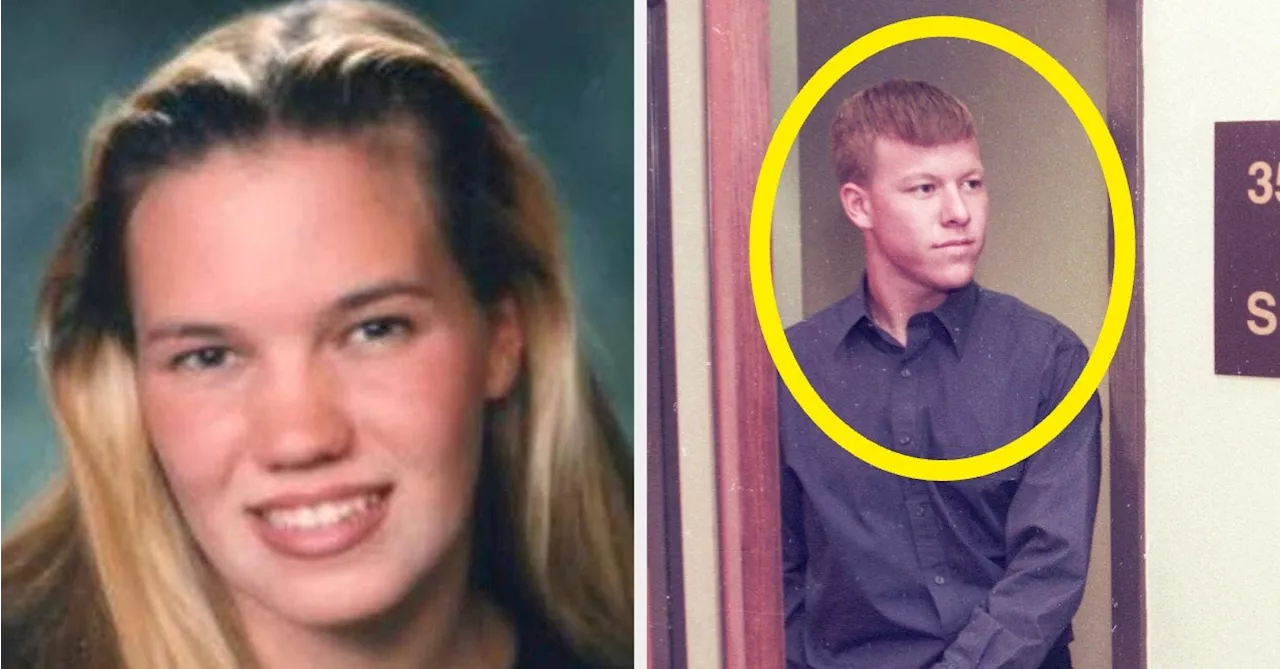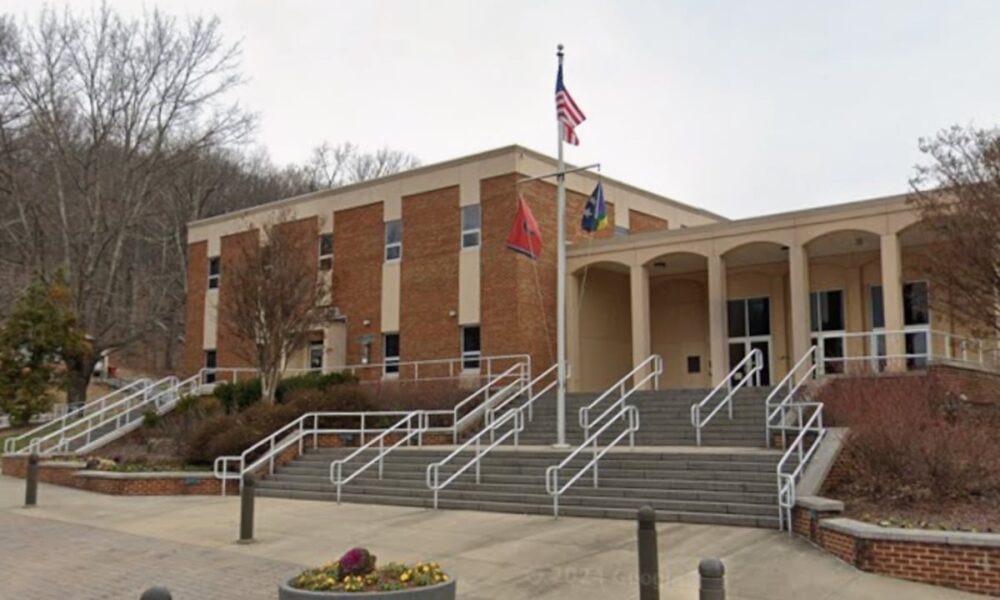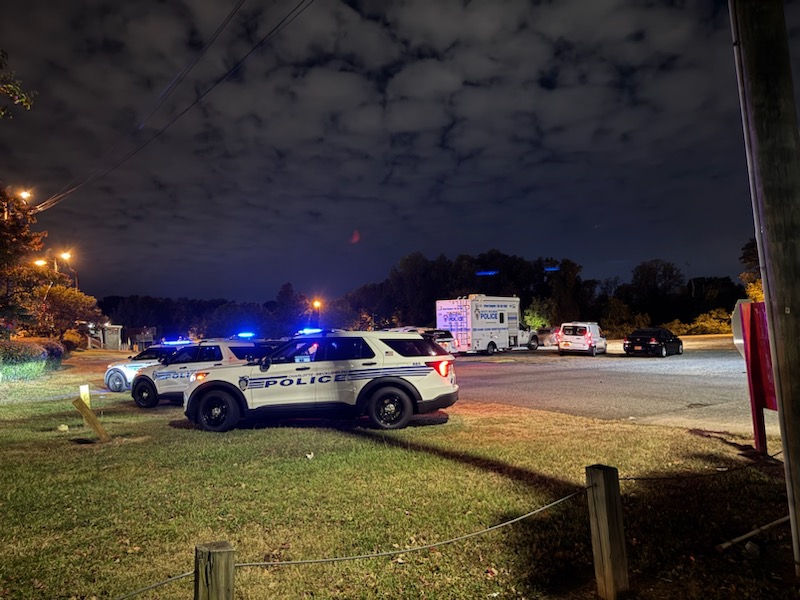BREAKING: New DNA advancements are solving chilling cold cases across the United States, revealing the identities of killers long evading justice. These developments are making headlines as authorities confirm the closure of several decades-old mysteries.
In a shocking turn, investigators have identified a former LAPD detective as one of the killers in a case that haunted Los Angeles for decades. The victim, Sherri Rasmussen, was found dead in her home in 1986. Recent DNA tests linked her murder to Stephanie Lazarus, a former officer with the LAPD, who was sentenced to 27 years to life in prison last year. This case highlights the profound impact of forensic advancements on solving brutal crimes.
In Maryland, the murder of Leslie Preer in 2001 has finally been resolved after authorities utilized genealogy databases to trace a partial DNA sample. The investigation led to the arrest of a former neighbor, who pleaded guilty to second-degree murder. This breakthrough underscores the emotional relief for Preer’s family after more than two decades of unanswered questions.
Elsewhere, the cold case of a young woman from New York, who vanished in 1984, has also been cracked. Investigators recently indicted a suspect after recovering DNA from a discarded straw. This advancement marks a significant shift in how law enforcement approaches unsolved cases, with forensic genealogy becoming a critical tool.
Another significant case from Fort Wayne, Indiana, saw the resolution of the brutal murder of April Marie Tinsley, who was abducted in 1988. DNA phenotyping led to the arrest of John D. Miller, who confessed and was sentenced to 80 years in prison, bringing closure to a community plagued by fear for three decades.
The case of Michella Welch, murdered in Washington in 1986, has also seen justice served. Using forensic genealogy, detectives linked the crime to Gary Charles Hartman, who was sentenced to life in prison after being identified through DNA evidence from a discarded napkin.
These recent breakthroughs are not just victories for law enforcement; they are profound victories for victims’ families, providing long-awaited closure. As forensic technology continues to evolve, authorities expect that even more cold cases will be solved, bringing justice to those who have waited far too long.
The urgency surrounding these developments cannot be understated. Families and communities are left grappling with the aftermath of these crimes, and the resolution of such cases often helps to heal deep wounds. Investigators are continuously working on remaining unsolved cases, with the hope that further advancements in DNA technology will yield additional answers.
Stay tuned for more updates as authorities continue to explore the impact of DNA evidence on cold cases across the nation. The fight for justice is far from over, but these recent breakthroughs signal a promising future for victims’ families seeking closure.






